It might sometimes seem like everything is going micro. With microlending, loans are getting smaller. With online video, entertainment is getting shorter. Technology devices are, of course, getting smaller. Micro is hot. So it should come as no surprise that the next big thing coming fast into the marketing world is actually a little thing: microbrands. This idea of a microbrand was explored in a panel I attended yesterday where two of the participants – Hugh McLeod from GapingVoid and Kathy Sierra from Creating Passionate Users are bloggers that I have read often. In the panel, several thoughts emerged about how best to create a microbrand and what up and coming bloggers should do to build microbrands (and more traffic, by the way) to their own sites. Here are a few key thoughts they shared:
- Don’t be afraid to get flamed. Mostly about avoiding self censorship, this is about the growth stage that most bloggers face when their writing is popular enough to attract passionate detractors. These are the folks that come onto your previously peaceful little blog and start to blast holes in your arguments, add their own interpretations and expose any slightly weak or overstated argument. As a reaction, the wrong thing to do is self censor and avoid writing about polarizing topics. If some people really hate your stuff, you’re probably doing something right.
- Let go of the Technorati obsession. With so much attention these days on "linkbaiting" and other dodgy methods that bloggers are using to amplify their ratings and rankings on Technorati, this piece of advice is particularly important. Yes, getting linked on Slashdot or having a popular article on Digg or Techmeme is great. But focusing on your content and not on winning the high school popularlity contest that can be the blogosphere is a much wiser decision. As Gabe Rivera from Techmeme shared on the panel, you might actually find your rankings will improve once you stop obsessing about them. (By the way, I finally learned that "meme" is pronounced "meem" – in case you were like me and had only read it 1 million times but sounded like an idiot saying it aloud).
- Avoid adding to the "echo chamber." This is another great soundbite from Hugh out of the conference, and offers a valuable piece of advice and an argument for being unique and offering more than just a celebration of the "wonder of me" as John Bell likes to call that type of writing. Gaping Void is unique. Putting out a blog that is an echo chamber doesn’t stand out, and it isn’t unique.
- Be grateful and respect your readers. The first part of this is about thanking your readers and giving them incentives to keep up the dialogue with you. The second part is about knowing what your readers care about. My readers care about ideas in marketing. I had the chance to see a great an interesting independent film at SxSW today called "A Lawyer Walks into a bar …" and thought about writing about it. The only problem is, I didn’t have a specific thought relating to the marketing and the movie, so instead of dedicating a post to the film, I’m just sneaking a plug in here and recommending that you check it out.
In retrospect after looking at my notes – these points don’t really offer guidance on creating a global microbrand, as I originally thought they did. They do, however, offer valuable insight into how to grow your blog traffic and become more successful, which will lead to growing your microbrand. To this list, I would add two more thoughts about actually building your successful blog into a microbrand:
- Create a brand, not a title. This is obvious, right? Well, think about it – your blog probably has a title, but this is not necessarily a brand. Sometimes a brand can be your name – but sometimes it needs to be something topical to what you write about. Seth Godin’s brand is his name. Heather Armstrong’s brand is Dooce. Figure out what works best for you and use that.
- Have an identity and be consistent. So much of branding is consistency. Using your brand in the same way everywhere and signing every piece of communications and dialogue with the same tag. Microbrands are the same way, and consistency can help to build awareness and recognition.
One of my favourite examples of a microbrand (aside from GapingVoid) that is not only simple, but also sexy, is PSFK and their range of sites (iF!, Marktd, etc.). Attending their conference a few weeks ago was a study in smart branding – from the look of the event overall to the little blogger cards that each of us got in our personalized welcome folders. If great brands are iconic then microbrands need to at least have great icons. PSFK has one of the best. Any other lessons from microbrands you admire?







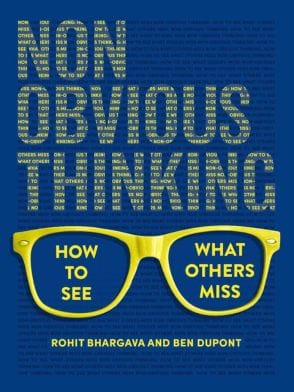





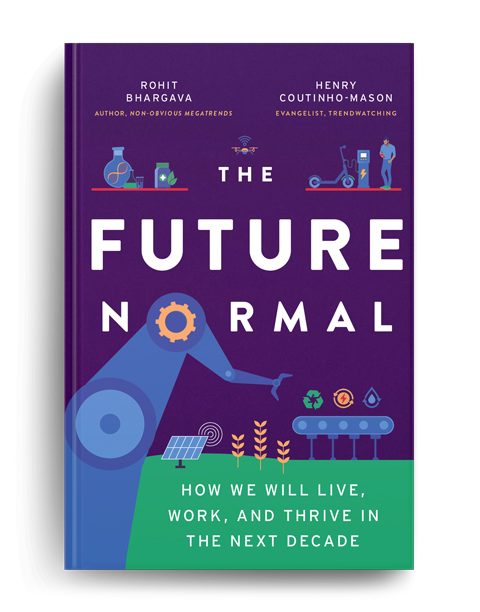
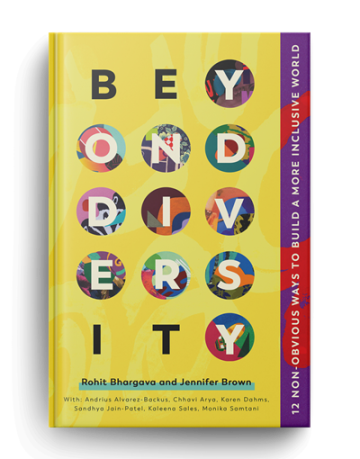
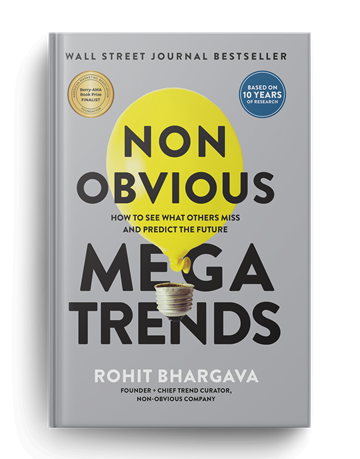
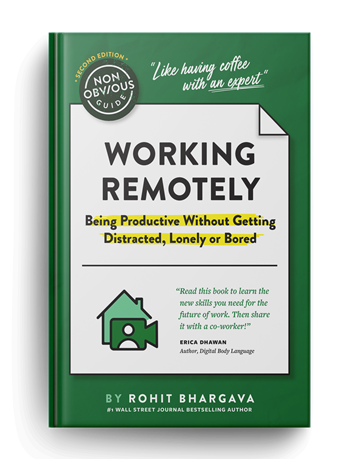
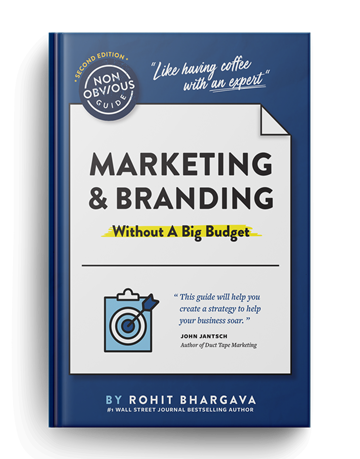
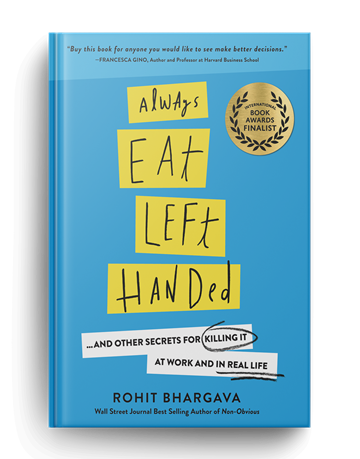
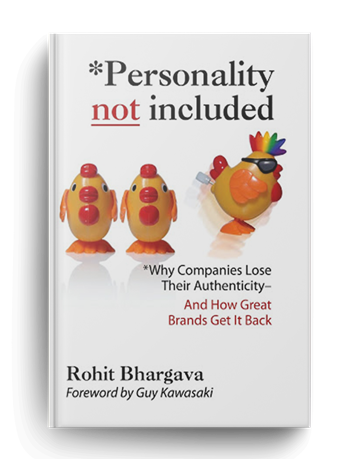
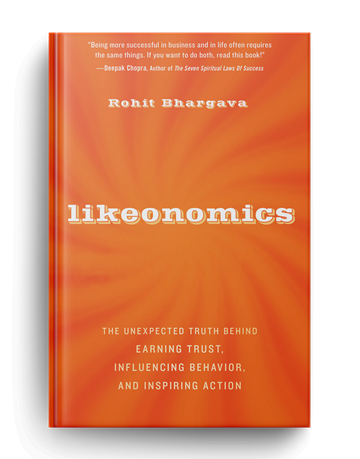


Thanks for the kind words…
Actually, I think it was the best panel I’ve ever been on… everybody there had something interesting and generous to say. Including the people in the audience asking the questions
This helps.
Came via Desipundit.
Great read. very quickly i forgot that i was supposed to be reading about “creating a global microbrand” because your content was good.
Thanks!
I think the bit about having a consistent identity is very important. The anonymity of the web hinges on having an identity that doesn’t shapeshift into something else the next day.
This is a terrific post. It’s probably been said before, but there are few differnces between creating a uniqe and differenciated brand vs. a microbrand or personal brand. What applies for Coke, Nike, Apple, Disney, etc. applies to micro brands as well.
Exept micro brands have the advantage. They can be more accessible compared to the biggies.
This is a great post and, as usual, a great read. I do disagree with to points:
Linkbaiting is not dodgy. In fact, Matt Cutts of Google recommends it as a way of attracting links and search engine credibility. The indirect benefits of good linkbait outweight the direct benefits because linkbait can increase the rankings for your ‘important’ content.
While I personally despise echo chamberings, using your personal network of fellow bloggers to craft a Strategic Echo Chamber can leverage more readers and influence for everyone involved.
That’s the short version. The (really) long version is at
How Strategic Rule Breaking Can Leverage Huge Benefits on SEOcritique.com.
I like Dave Armano’s comment.
“Exept micro brands have the advantage. They can be more accessible compared to the biggies.”
Sure, I especially agree with that, being very partial to the microbrand career path.
But that’s just me. Small suits my temperament. I wouldn’t last five minutes working at [or for] a big branded company like Nike, Apple or Coke. But some people thrive at “Big”. I know some wonderful people at Microsoft, for example. Or Olgivy
Vive la difference etc. Know thyself etc. It’s all good.
Thanks for the kudos. I’ll echo Hugh’s comments, great panel and great audience.
Without the Google economy, linkeratti, and linkbait, microbrands would never get off the ground. Without APIs, feeds, and mashups, the web would be boring. Can you mash all this up into a new microbrand, or is it a macrobrand? What’s in a name. Recommendation filters rule microbranding!